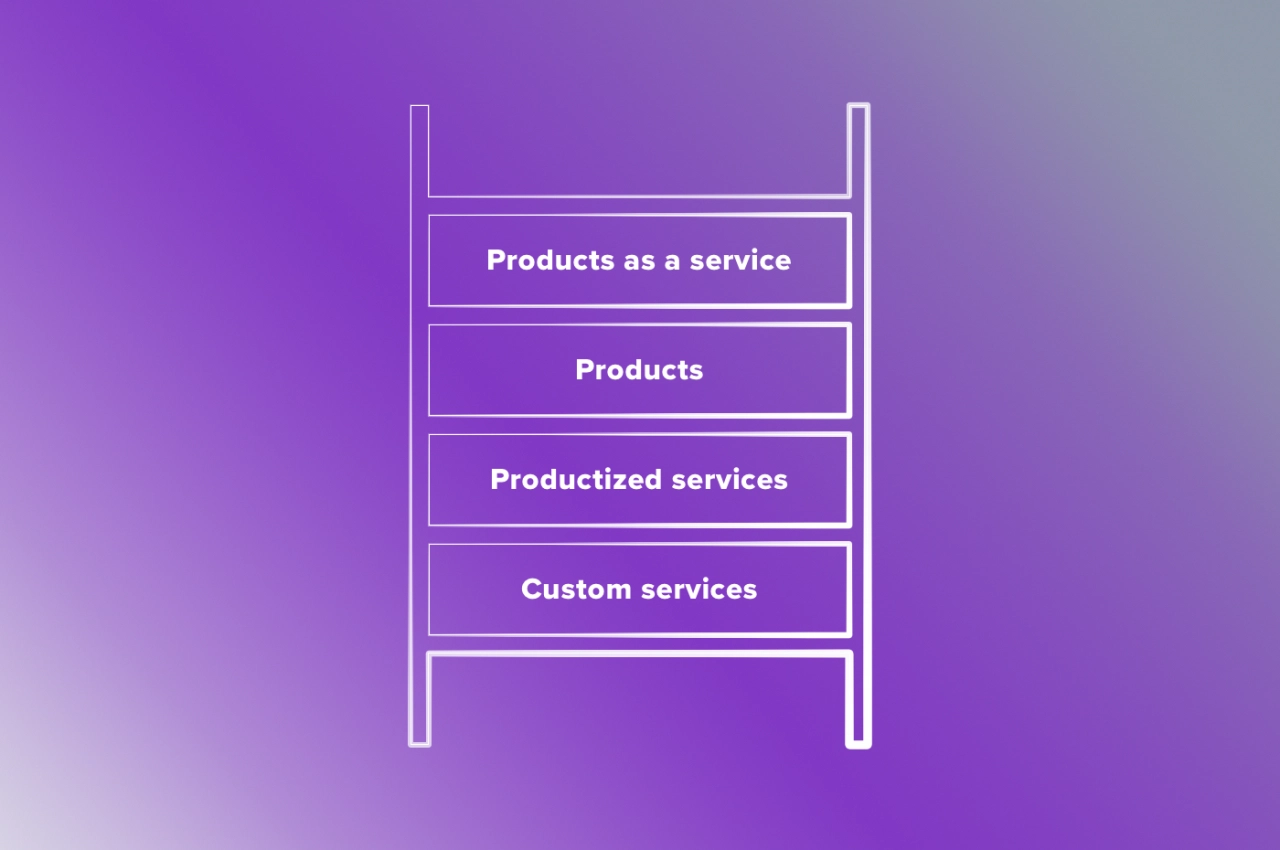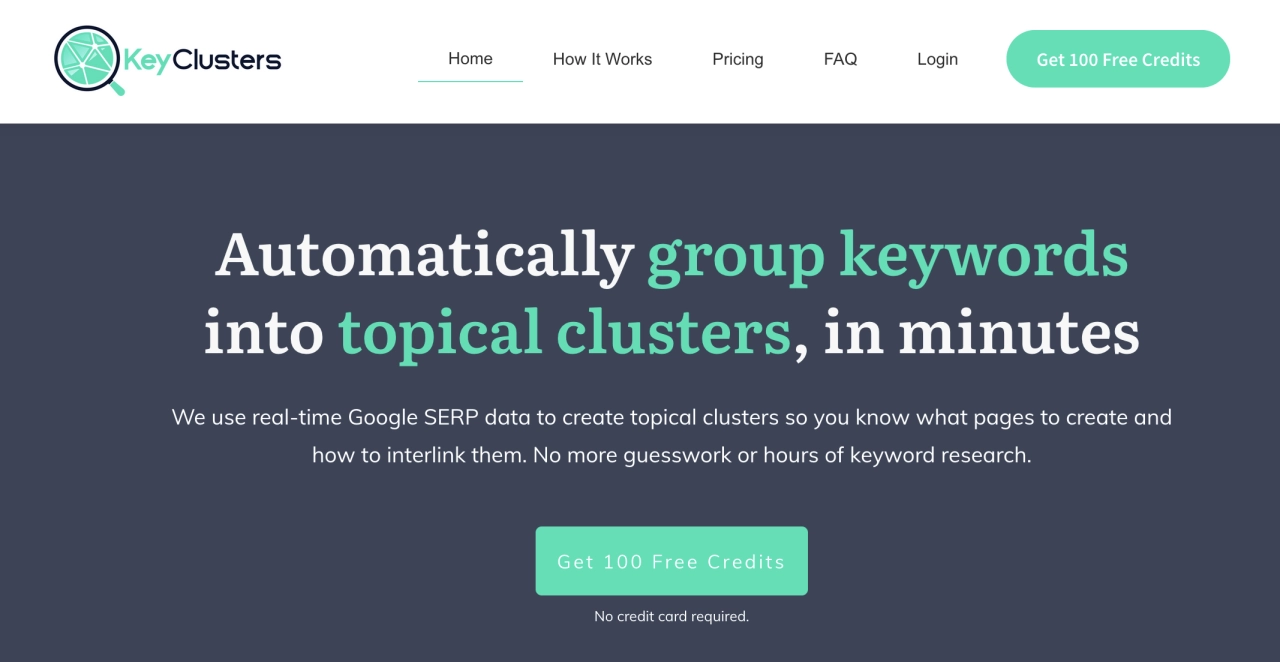- Turning services into products can be a powerful strategy for scaling a business and increasing revenue.
- To successfully turn services into products, businesses need to focus on delivering a consistent and high-quality customer experience, creating a clear product roadmap, and leveraging digital tools and platforms for marketing and sales.
- Branding and marketing play a major role when it comes to launching a product, so both need to be aligned with consumer expectations.
The business landscape is changing, and only those able to adapt are able to stay afloat. One of the more recent changes is turning a service into a product.
You might have heard of the productizing process but aren’t really sure what it’s all about. It is basically the concept of turning your service offering into a product by creating repeatable flows and outcomes.
Read on to find out more how to create scalable processes and increase your profitability.
Turning services into products with software

In the graphic above, productized services sit right below products. They look like a product, but aren’t one really. What differentiates these two types from one another is that a product is the use of technology. You can use a client portal software for your productized services, but some work will have to be done by humans.
For a full product, the service delivery should be hands-off, which is something that can be achieved with the help of software. Humans no longer deliver the services, instead, the product takes care of everything. The tricky part is developing such a product, and figuring out which service can actually be turned into a product in the first place.
1. Identify a service
Let’s start with identifying a service you can create a new product from. Depending on your niche, selling a service has always been a manual approach: find prospects, convince them of a service, send a proposal, sign a contract, deliver and get paid.
Look at your past services and figure out if there’s a service that could be fully automated. Someone who offers consulting services for SEO have a good chance of succeeding. For instance, if you group relevant keywords for your clients in order to create authority content, that is something that could be automated. Case in point is KeyClusters from Contentellect: originally built as an internal tool, they turned it into a product as a service business.
2. Find your target market
The tricky thing about building a product is that your current clients might not be the target group. If we stay with the Contentellect example, those ordering content might just want that: the blog posts or news articles. Some of them want a completely hands-off approach and even want you to publish everything through their CMS.
The target group would be SEO experts who have been grouping keywords manually, and want to save time in order to service more clients. So, how do you target those? One popular approach is the build-in-public one, where you post on Twitter about your progress on building a product. The problem is that you often attract like-minded developers and not necessarily those who might want to use it. But there’s always a chance that someone is so impressed with your product that they share it with their followers, generating free publicity.
A better approach would be to find a place where your target group hangs out, for instance a Facebook group, a Slack community, or on Reddit. Some try to showcase their product on Hacker News, or get traction on Product Hunt.
3. Brand your product
Before you advertise your product at all, you first need to brand it. You need to be clear about the problem you solve, how you do it, and what the outcome is. Only with a clear, simple to understand message will you be able to market your product easily, without the need for sales people to taking a deep dive with hour long demos.

What defines a good brand?
the name gives you an idea what the product does
you can easily describe the product in your landing page title & subtitle
there’s an aha-moment triggered by videos, lead gen landing pages, or trialing the software
4. Set a price
As a consultant or freelancer, you’re probably used to hourly pricing. Productization takes that way of thinking already away, as you should’ve packaged and scoped your professional services into bundles with a fixed price.
Pricing a product isn’t as easy. If there’s a competing product, you can certainly think of undercutting them. But why would someone choose you over that product anyway? And if your offering is new, then you need to research the market, do surveys, and ask your target group what a fair price point is.
Try to get as many data points as possible, and experiment with different price points to see how high you can go without anyone feeling like it’s too much.
5. Launch your MVP
With the pricing set, it’s time to launch your minimum viable product (MVP). It’s a sort of beta product that a select group of people can use. Marketing isn’t part of your strategy at this point. You first need to check if you’ve done everything else correctly: is the brand on point, does the pricing work, and are there any breaking bugs?
Before launching the MVP, you can set up a simple landing page that allows interested people to sign up for your soft launch. You might allow them to test the software for free at this point in order to collect feedback. Or you experiment with different price points and A/B test them if you prefer that over surveys.
6. Optimize your product
Scalable products haven’t been created overnight. They are the result of months or years of optimizations. After launching your MVP, you’ll receive feedback from clients, and those who could potentially become one later down the road. Your product might be missing a crucial feature, so they are not ready to pull the trigger yet.
And herein lies the difficult part: just because one client needs a specific feature doesn’t mean that it’s worth investing resources in. Unless of course you spot a pattern of multiple people requesting it. Don’t go down the road of feature creep, adding just one more thing in order to please a potential client. It’s a path that might make your product confusing for the rest, or target a wide group of people who were initially not even interested in your offering.
7. Market your product
Your MVP is a success and you’ve optimized your product; now it’s time to start the virtual drum roll. A popular marketing trick is to create scarcity, namely by offering a lifetime deal via services such as AppSumo. It basically guarantees lifetime access to your product (and potentially future updates, depending on your conditions). This is a great way to get your product in front of a large group of people, even if you have to offer it at a lower price point than planned.
The only tricky thing to keep in mind is that giving someone lifetime access comes with a few disadvantages. That customer will never pay for an upgrade to a new version of your app, so you’re missing out on some revenue.
Another marketing option would be to find industry leading experts of your target group, for instance SEOs for KeyClusters, and ask them to promote it.
Turn your services into products FAQ
Can a service be a product?
Some services can be turned into a product if they can be delivered without human intervention. A good example is website scraping, which used to be done manually as a copy-paste job, but is now fully automated.
How to turn services into products?
Identify services that can be delivered without human input, develop software that takes care of every aspect of it, and market it to a group of people who would benefit from this tool.
Closing thoughts
Service providers who managed to productize their offering are tempted to develop (a part of it) into a product that requires no human input. While not all services can become a product today, future changes in technology might make it possible. Stay up-to-date with technology trends and spot patterns in order to be the first on the market with a new product.











